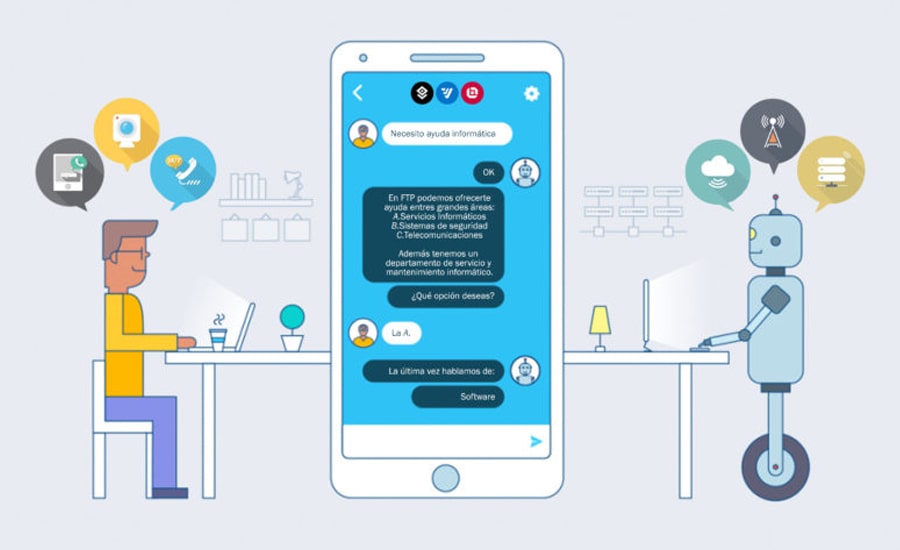Right now, when most of the recruitment has gone online, a chatboat can advance your recruitment efforts, especially if you are in an industry that needs to accelerate hiring. Chatboats mimic human interaction in the first phase of recruitment – during sourcing or screening or answering candidate questions.
For companies with freeze hiring, a chatbot can help you communicate changes to the hiring process and have the latest updates about the status of their application to active candidates and resume during interviews/onboarding. For those recruits whose recruitment efforts have come to a grinding halt, now is a good time to study how recruitment chatbot technology can fit into your talent acquisition strategy when you reopen the economy and give you new For roles.
1. Use chatbots to communicate important information to active and possible candidates
Use the chatbot now to tell you about your policies around COVID-19 and how your workplace is navigating change. This is especially important for candidates who are already in your pipeline or who are willing to apply. For active candidates, please communicate:
- When the interview can be scheduled
- How will this interview be conducted (zoom call, phone call, skype call, etc.)?
- Given the impact of COVID-19, what changes can occur in the interview process (eg, will the background check process change?).
- Workplace policy changes in view of a new epidemic.
- Will his/her role change to a remote role or is he/she expected to come to the office.
- If they are expected to come to the office, what is the protocol?
For potential candidates:
- When recruitment will start
- How can they submit their profile for future recruitment drives
- What steps are you taking to fight the impact of COVID-19 on business and where they might fit.
- The roles you are applying for and whether candidates can be better suited for the new roles they are applying for
2. For active recruitment, leverage chatbots to cast a wide net and create a candidate pool
One study found that 66% of candidates interacted with chatbots between 5 pm and 9 pm – outside of traditional work hours and at a time when searching for jobs or receiving calls about a job May seem unfit. The study also reported that 58% of chatbot interactions occur on mobile. Since recruitment chatbots can be deployed through widely used messaging platforms such as WhatsApp and Facebook Messenger, they can be used for high-volume recruitment.
3. Use them for a large number of hirings, including scheduling interviews and follow-ups
How do you leverage a chatbot to hire for high volumes if you are currently in an essential business? Chatbots can screen candidates much faster than a human, make fewer errors than humans performing a repetitive task are prone to, and they can do it [presumably] without bias. Chatbots are also known to be favorable to frontline workers, as the Phenom study found, with 60% frontline workers asking recruitment chatbots job-related questions, as opposed to only 39% knowledge workers initiating conversation and asking chatbots the important questions.
Following up is one of the biggest challenges recruiters face in high-volume recruitment, and a chatbot can take this up for them – this can increase candidate engagement levels and bring more qualified leads to the forefront. And they can improve the overall time to hire, which according to a Yello study is currently at 3 weeks!
4 Reach out to past applicants for new roles
Keeping the pipeline smoothly running and adequately filled can be achieved by a chatbot, which can reach out to older candidates who were passed up for opportunities for new roles in the company. Mature chatbots can even direct potential candidates to better suited roles in the organization.
5. Pivot your recruitment strategy
Chatbots are usually powered with analytical abilities, allowing you a look into their effectiveness. Are candidates leaving the conversation midway? Are chatbots unable to answer basic questions? Are candidates not getting enough options to their responses? You can pivot your candidate screening and engagement strategy by looking into these findings and creating an experience worth remembering.

